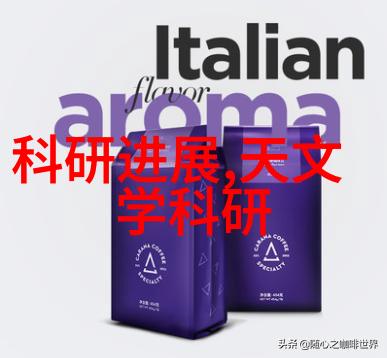什么是PPR管材?

PPR(聚丙烯-聚乙烯-丙烯)管材是一种高性能的塑料材料,广泛用于各种工业和建筑工程中。它具备良好的耐腐蚀性、抗压强度和热稳定性,是一种非常适合用作水暖系统中的管道材料。
PPR管材型号之重要性

选择正确的PPR管材型号对于确保工程质量至关重要。不同规格的PPR管材在尺寸、重量、壁厚以及其他物理性能方面有所差异,这些差异直接影响到其在实际使用中的表现。
PPR管材标准与常用型号解析

国内外对PPR管材都有着严格的标准要求,比如中国国家标准GB/T18742等。这些标准规定了各项性能指标,如耐压强度、阻温系数、抗裂性能等。在市场上,常见的一些类型包括DN16-DN160,每个数字代表的是直径单位毫米。
不同规格PPT 管道在热水系统中的应用

在热水系统中,通常需要根据流体传输压力和温度来选择合适的PPT 管道规格。例如,在家庭生活中,如果仅需供暖,则可能只需要较小口径的PPT 管道;而工业级别或大面积住宅则可能需要更大口径、高密度的小直径PPT 管以承受更高流量和压力。
如何根据项目需求选择合适的型号

在选购PPT 管时,应首先考虑项目需求分析报告中的设计参数,如最大工作压力、大流量,以及是否存在特殊环境条件(比如极端温度)。然后参考产品说明书及技术手册,以确定最佳匹配产品模型。
详细介绍每个版本特点及其优缺点分析
DN20: 适用于一般家庭供暖使用。
DN25: 可以承载较高流量,更适合多人居住的大户型。
DN32: 适用于商业建筑或者大户型住宅。
DN40: 更加坚固且可靠,对于工业级别应用十分理想。
DN50以上:主要用于工厂排水或消防系统等领域,其重量会随着直径增加而显著提升,但提供更多容积空间,可以处理更大的流量波动。
新进用户如何快速获取信息?
对于新进用户来说,可以通过以下几种方式来获取关于PPT 管道安装维护相关信息:
a) 访问制造商官方网站查询最新数据与指导文件。
b) 参加相关培训课程学习专业知识并实践操作技能。
c) 寻求经验丰富的人员咨询,有时候他们可以分享宝贵经验并帮助解决问题。
结论:
PPR pipe material type selection is critical for ensuring the quality of engineering projects and meeting specific application requirements, such as pressure resistance, temperature tolerance, and flow rate handling capacity in various environments.
The use of an appropriate size pipe will ensure efficient fluid transmission while minimizing potential problems associated with under or over-sized pipes.
Furthermore, proper installation techniques are essential to maintain the long-term durability and performance of the system.
By understanding the different types of PPR pipes available on the market based on their dimensions, thicknesses, and other physical properties can help users make informed decisions when choosing suitable materials for their projects.
With this knowledge gained from our analysis above about various sizes that include:
Small diameter (DN20): Suitable for general household heating needs.
Medium diameter (DN25): Ideal for high-flow situations in multi-family dwellings.
Large diameter (DN32): Appropriate for commercial buildings or larger residential settings.
Extra-large diameter (DN40+): Best suited for industrial applications where heavy-duty piping is required due to its increased strength and reliability.
Users can now better comprehend how selecting an appropriate size pipe contributes significantly towards overall project success by considering factors like maximum working pressure levels along with desired volume capacities when it comes down to making these choices during planning stages prior to construction commencement timeframes before finalizing purchase orders without any confusion regarding compatibility issues related specifically pertaining only those who may not have had prior experience within industry circles seeking advice from experts at all times whenever needed but never forgetting safety guidelines laid out by governing bodies worldwide; therefore ultimately leading us closer together through shared learning experiences across multiple disciplines so we might continue striving towards progress with confidence knowing full well what lies ahead both practically speaking as well as theoretically!



